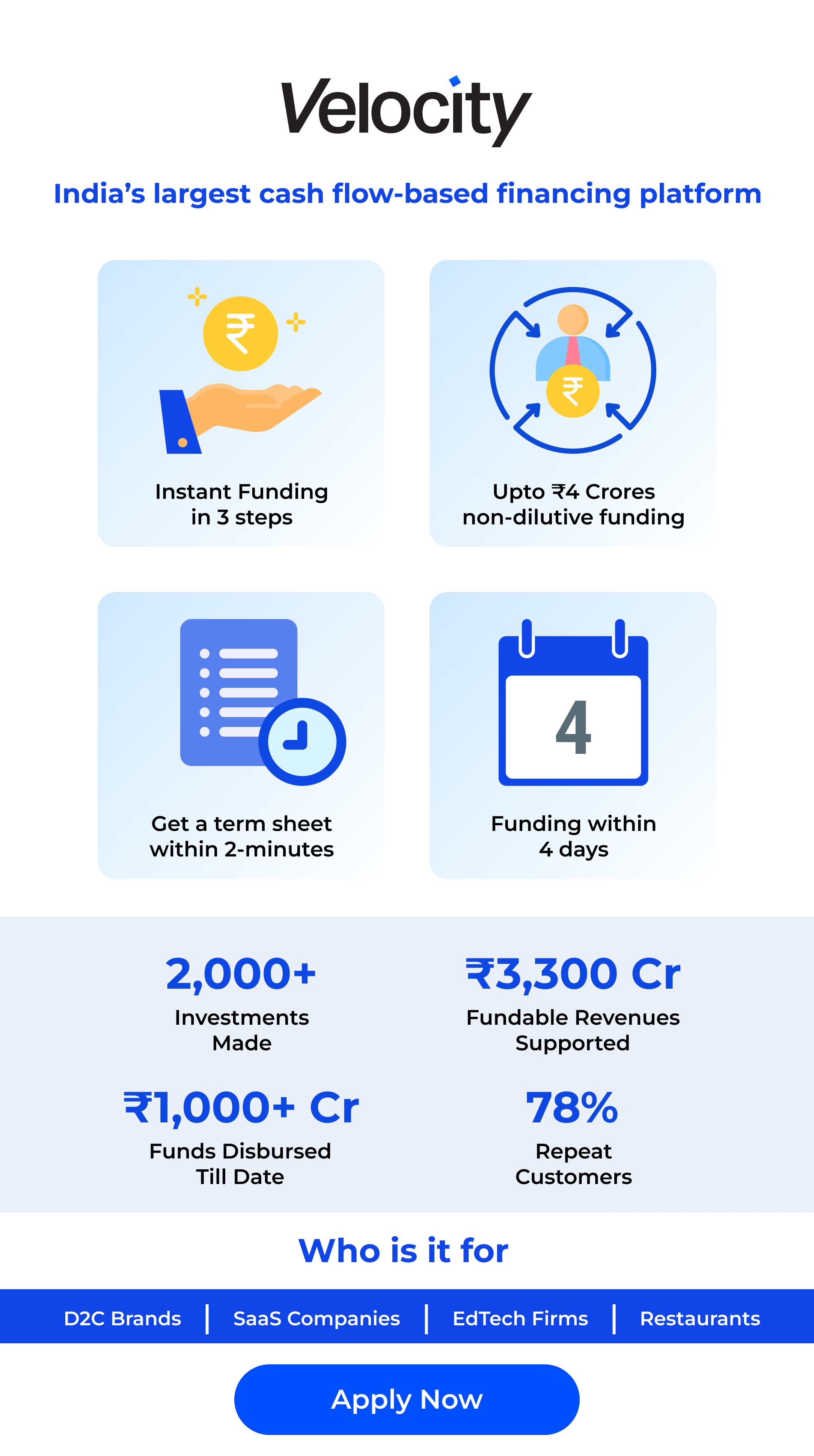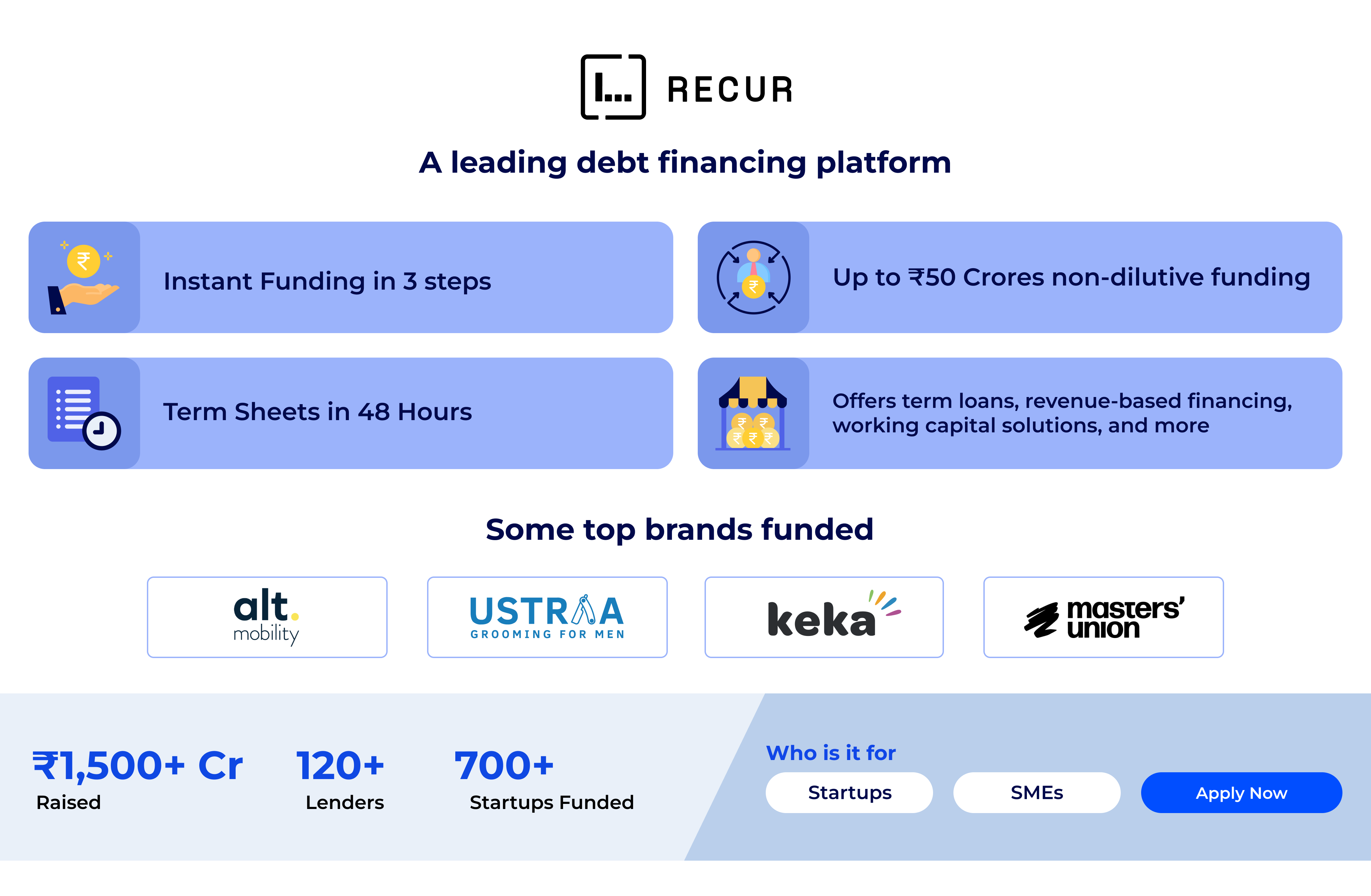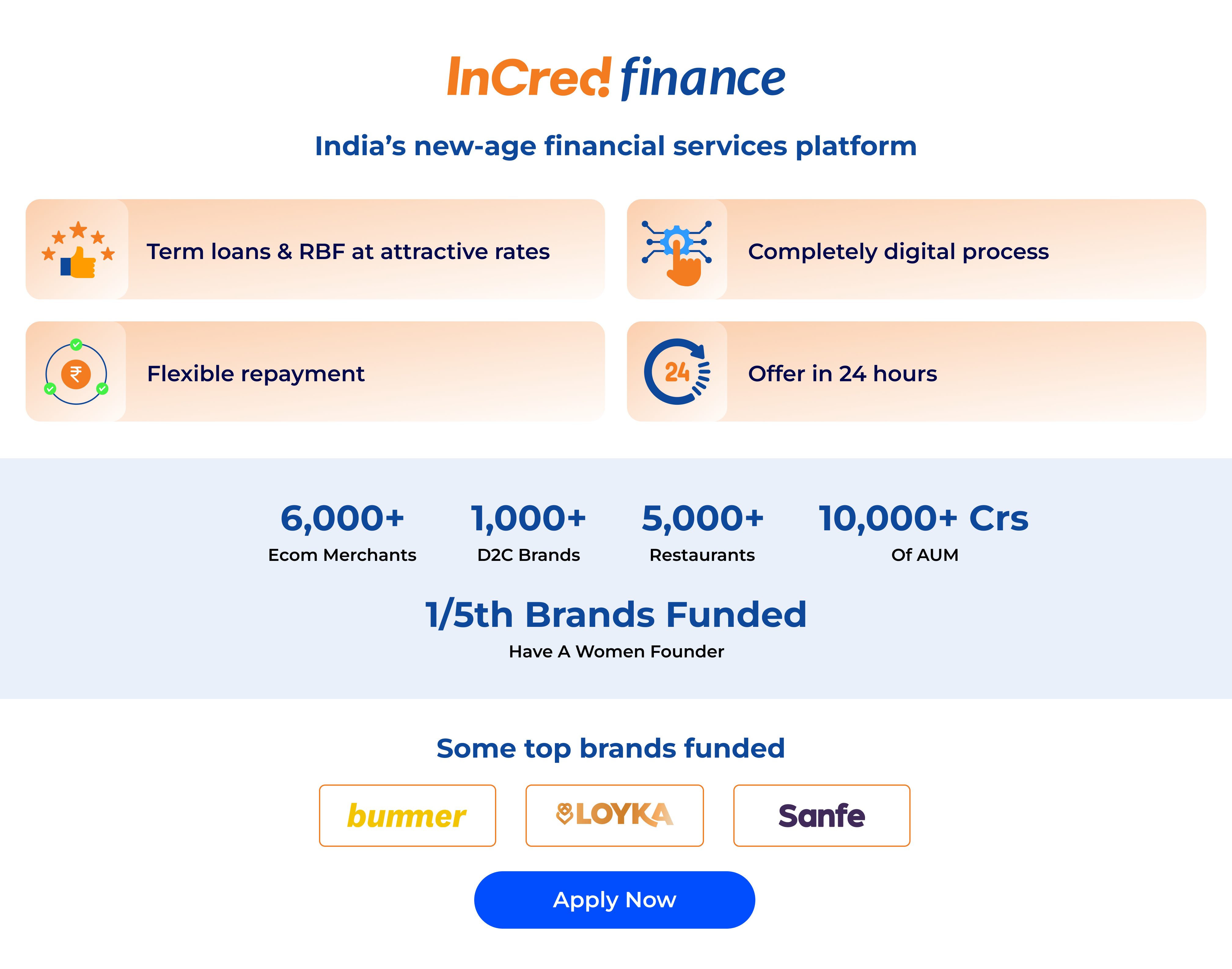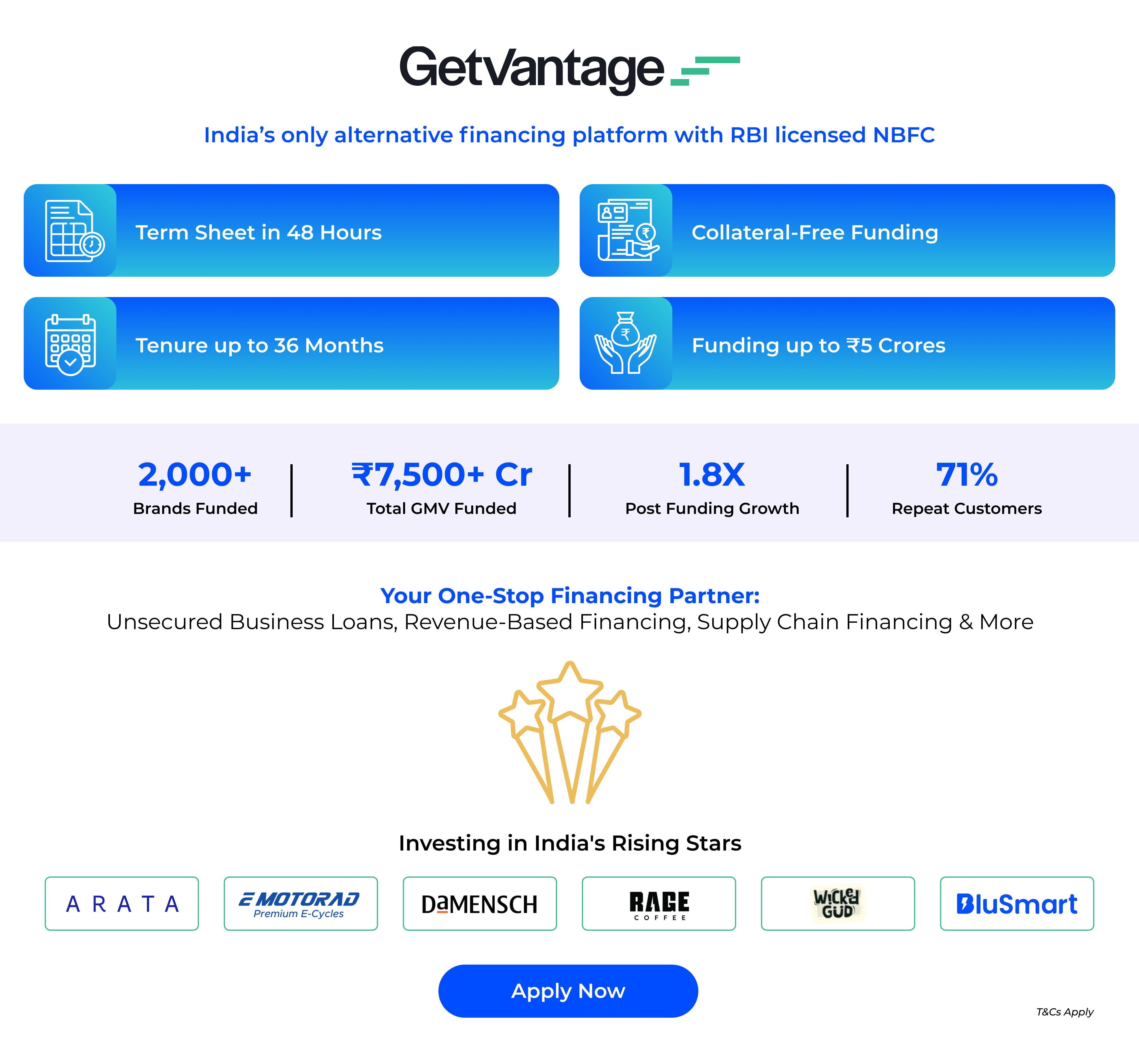Planning Pays Off: 5 Strategies to Get the Most Out of Your Delivery Speed Choice
March 3, 2025
5 min read
How Part Truckload Helps With Supply Chain Efficiency
Part Load Transportation, also known as partial truckload (PTL) shipping, is an ideal freight solution for businesses that have low volumes of goods to ship. It balances the more affordable less-than-truckload (LTL) and the more expensive full-truckload (FTL) shipping.
Understanding the consequences of PTL on the delivery timeline should be important to businesses so that they plan their entire supply chain operations timely and accurately as PTL is a cheaper and more effective method of transportation for businesses.
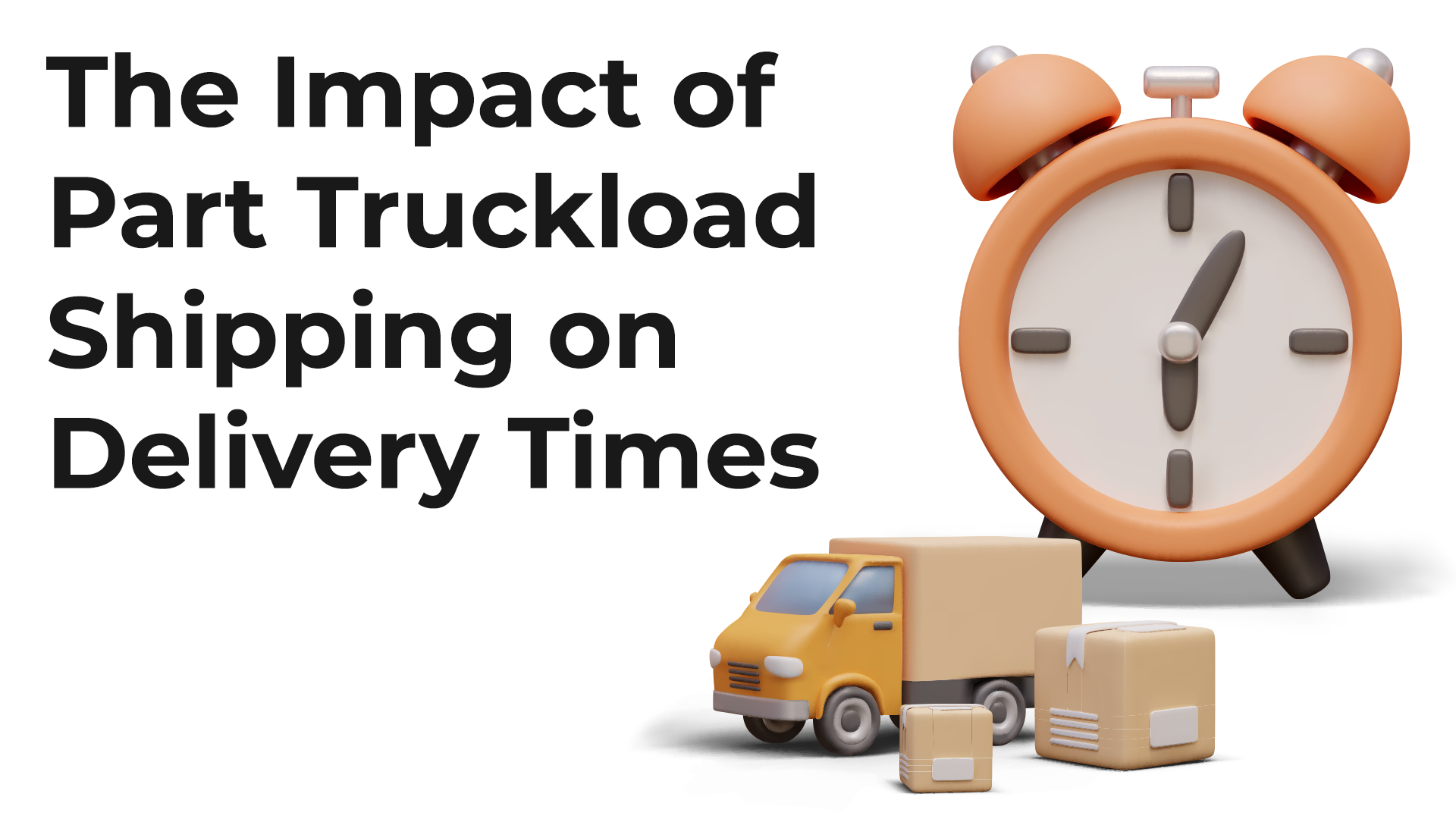
How PTL Shipping Impacts Delivery Times
PTL shipping can significantly impact delivery times in several ways:
Optimized Routes Facilitate Faster Transit
PTL shipments often follow more direct routes and bypass multiple terminals and transfers. Carriers can optimize routes and minimize handling by consolidating multiple shipments into a single truckload. Such practices reduce transit time, leading to faster deliveries and increased efficiency.
Enhanced Tracking Reduces The Element Of Uncertainty
With fewer transfers or handling points in the PTL process, the chances of delay and unpredictability are minimized greatly. Advanced tracking systems improve a businesses ability to track shipments, and such technology also allows businesses to deal with threats before they reach crisis level.
Poor Load Planning Results In Shipment Lags
Consolidation not only increases the efficiency of the shipping process but can also make it more complicated. If the required shipments are not picked up on time or proper load planning does not exist, delays will occur. Even during busy seasons or peak times when the demand for carriers is great, the availability of carriers influences the time in which delivery occurs.
Factors Affecting PTL Delivery Times
Several factors can influence delivery times in PTL shipping:
- Carrier Network and Capacity: A reliable carrier network with sufficient capacity can ensure timely pickups and deliveries.
- Seasonal Fluctuations and Weather Conditions: Adverse weather conditions or peak periods can impact delivery times.
- Unexpected Delays: Traffic congestion, accidents, or other unforeseen circumstances can cause delays.
- Terminal Operations: Efficient terminal operations, including loading, unloading, and transfer, can minimize delays.
Optimizing Delivery Times with PTL Shipping
To optimize delivery times with PTL shipping, businesses can consider the following strategies:
- Choose a delivery service that is able to make its deliveries on time without missing a single deadline and operates efficiently.
- Access to accurate and timely information regarding the shipment can allow the optimal management of transport resources.
- Real-time tracking ensures that there is communication at all times about the position of the shipments.
- It may be beneficial to use the expedited PTL service for time-sensitive shipments.
- Your carriers may suggest when to take action to prevent problems or help with an acceptable solution.
Wrapping Up
Part-load transportation is the right choice for your eCommerce business because it will help you save costs, reduce transit times, and ensure safe deliveries. This shipping service can also be customized to meet your business’s shipment needs, helping you avoid unnecessary investments.
Use the shipping expertise of Shipyaari to choose a delivery mode that will help you ensure customer satisfaction, sustainability, flexibility, cost-effectiveness, wide reach, and reliable deliveries. For more information, call us today!
Frequently Asked Questions
PTL and LTL both ship less-than-truckload quantities. However, PTL is more direct and efficient. It involves consolidating multiple shipments from the same origin to a specific destination, minimizing handling and transfers. LTL, on the other hand, involves multiple stops and transfers, which can increase transit times.
Select a trustworthy carrier known for their excellent performance to guarantee prompt deliveries. Additionally, offers precise shipping details and keeps track of shipment status through real-time monitoring.
The cost-effectiveness varies depending on factors like distance, weight, and specific carrier rates in both cases. It is important to evaluate prices and services from various providers to identify the most economical choice.
Unforeseen delays happen regularly. Companies can reduce their effect by selecting a carrier that has a strong contingency plan in place. Monitoring weather conditions and traffic updates, and maintaining open communication with carriers help to address this issue proactively.
Suggested Reads
Hyperlocal Personalization: Tailoring Experiences for Local Customers
Introduction The eCommerce industry in India has witnessed a rapid growth of hyperlocal services in
Continue ReadingDec






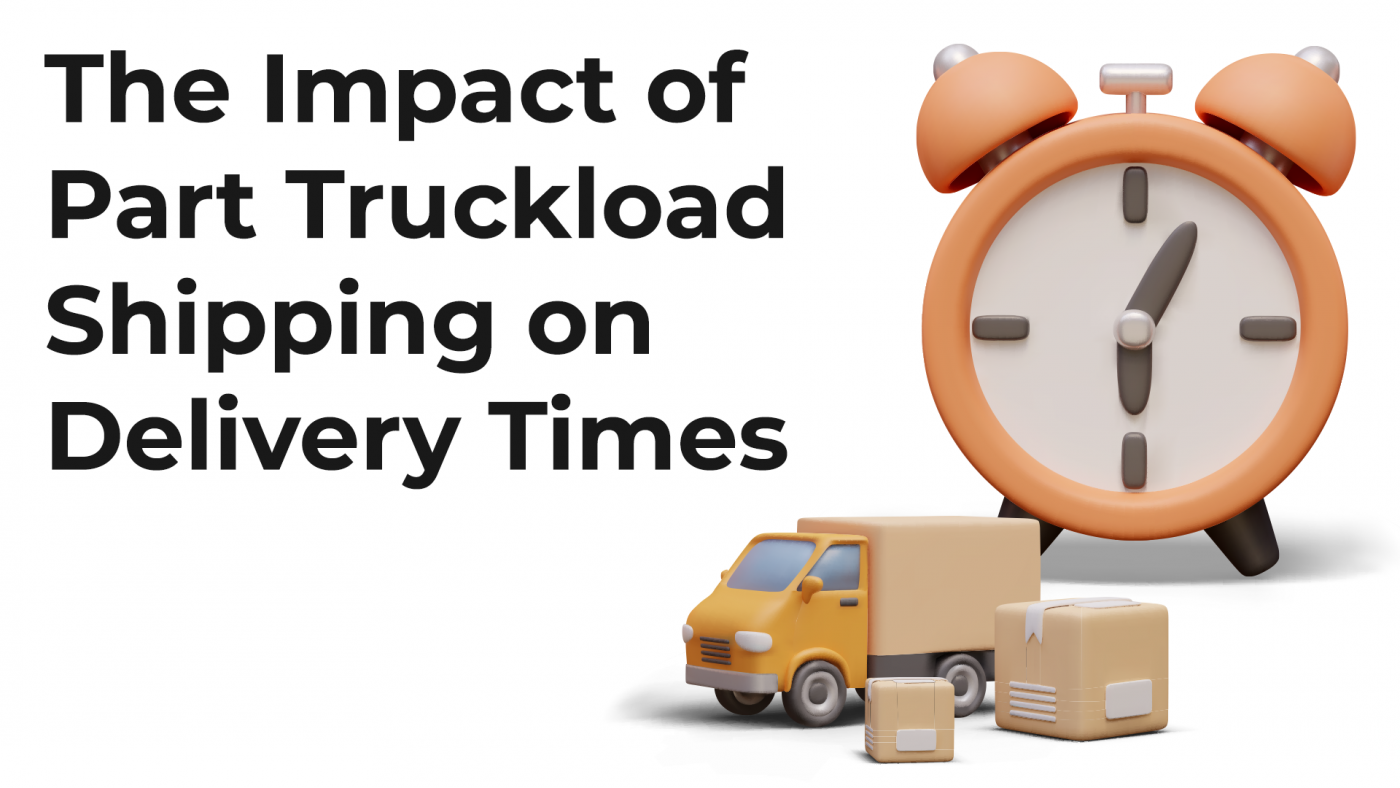







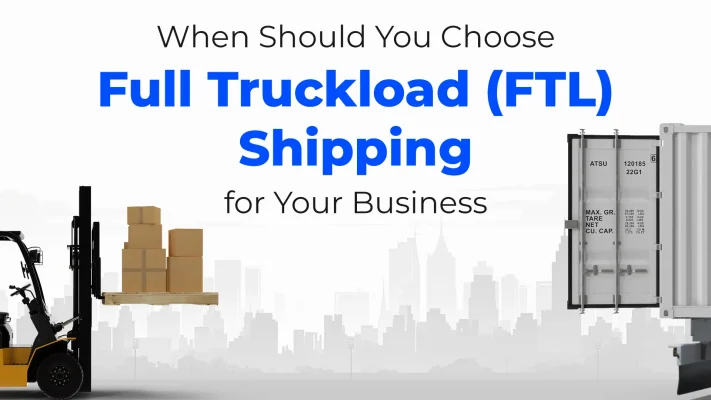

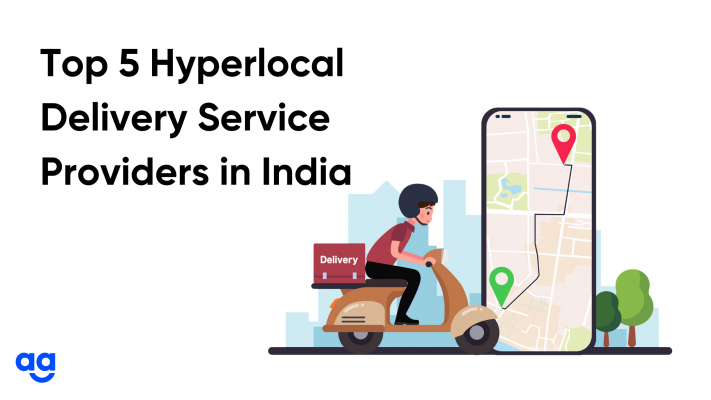
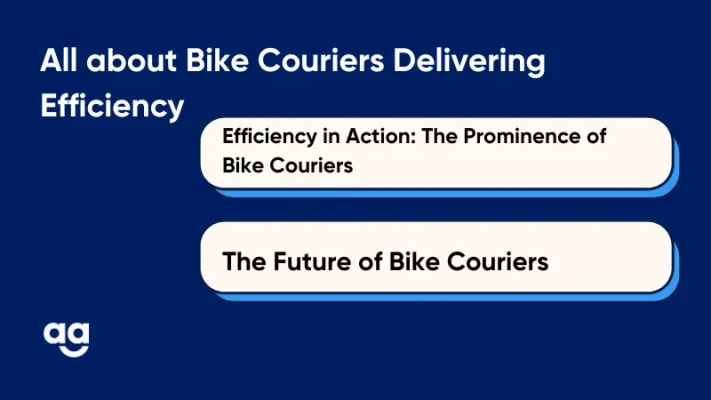
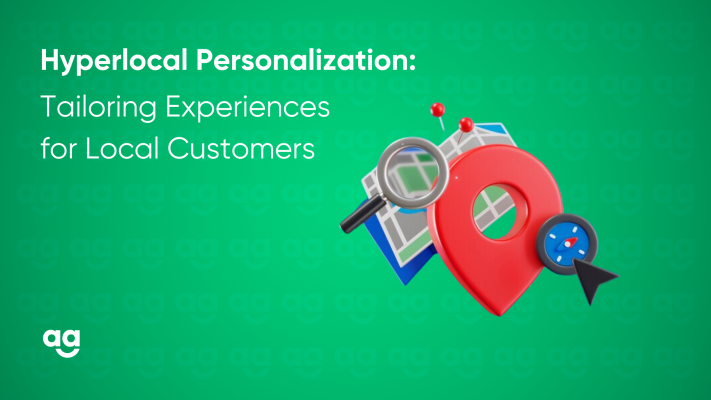
 Shipping
Shipping
